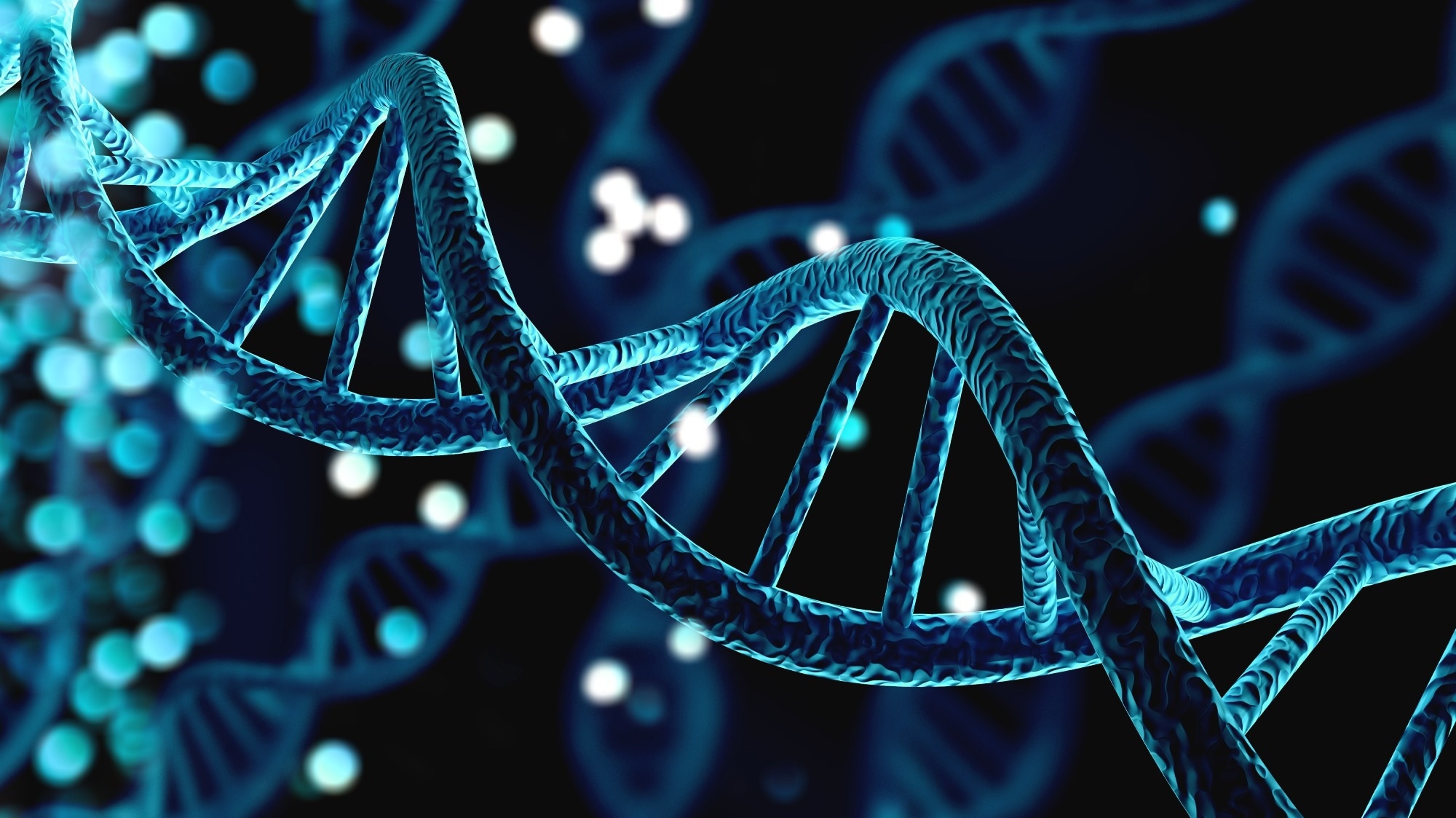In a current research printed within the journal Nature, researchers discovered that the recruitment of neurons to reminiscence circuits is preceded by a cascade of molecular occasions induced throughout studying, which incorporates double-stranded deoxyribonucleic acid (DNA) injury in hippocampal neuronal clusters and restore mediated by toll-like receptor 9 (TLR9).
 Research: Formation of reminiscence assemblies by way of the DNA-sensing TLR9 pathway. Picture Credit score: Billion Images / Shutterstock
Research: Formation of reminiscence assemblies by way of the DNA-sensing TLR9 pathway. Picture Credit score: Billion Images / Shutterstock
Background
Recollections are shaped when neurons within the hippocampus endure long-term molecular diversifications to type cortical microcircuits in response to stimuli. This course of is energy-intensive and entails substantial morphological and biochemical modifications. These molecular modifications are believed to trigger transient breaks within the double-stranded DNA.
Research have additionally explored the position of intrinsic neuronal and pre-existing developmental packages in reminiscence formation and have discovered that transcriptional components comparable to cyclic adenosine monophosphate (cAMP)-response ingredient binding protein (CREB) are concerned within the course of. Latest analysis has additionally targeted on understanding how interneuronal perineuronal nets management inhibitory inputs to neuronal assemblies to stabilize reminiscence circuits.
In regards to the research
Within the current research, the researchers tried to grasp and establish any overarching processes that built-in pre-existing developmental mechanisms and stimulus-initiated pathways that influenced neurons to decide to assemblies or microcircuits particular to reminiscence.
Murine fashions have been used to investigate transcriptional profiles of neurons within the dorso-hippocampal areas for greater than 48 hours to grasp speedy, early, and delayed gene expressions and protein signaling. For this evaluation, mice have been subjected to contextual concern conditioning, and hippocampus samples obtained both 4 or 21 days after the conditioning have been used for bulk ribonucleic acid (RNA) sequencing.
Provided that transient breaks in double-stranded DNA are identified to be induced throughout neuronal exercise for the induction of speedy early gene expression, they hypothesized that the DNA injury induced by studying exercise may be extra in depth and sustained in discrete populations of neurons. Immunofluorescence labeling was performed utilizing antibodies particular for the phospho-histone γH2AX binding to double-stranded DNA breaks to grasp the origin of the contextual concern conditioning-generated extranuclear double-stranded DNA fragments.
Mind sections have been additionally collected an hour after contextual concern conditioning to investigate the γH2AX indicators related to speedy early gene expression. Moreover, the baseline expression of CREB, which has already been recognized to play a task in reminiscence, was additionally analyzed utilizing immunostaining. The researchers additionally examined the upregulation of the Fos protein throughout reminiscence reactivation and the respective roles of speedy early gene expression and DNA injury restore.
Primarily based on their identification of inflammatory signaling in these neuronal populations, the researchers additional investigated whether or not these inflammatory responses have been a results of the double-stranded DNA breaks induced throughout studying or the irritation had a selected position to play in reminiscence formation. Given the position of TLR9 in these inflammatory responses, they performed TLR9 knockout experiments in particular neurons to find out the way it impacted reminiscence formation.
Moreover, single nuclear RNA sequencing was carried out to characterize gene expression modifications in neuronal and non-neuronal hippocampal cell populations because of the affect of contextual concern conditioning and neuron-specific knockout of TLR9. The researchers additionally examined the contributions of infiltrating immune cells and cell-free DNA from blood in reminiscence formation and the upregulation of TLR9 signaling.
Outcomes
The research discovered that studying and reminiscence formation concerned ruptures within the nuclear envelope, the discharge of histone into the perinuclear area, and chronic breaks in double-stranded DNA in clusters of neurons within the Cornu Ammonis 1 (CA1) area of the hippocampus. Moreover, these damages to the double-stranded DNA and nuclear envelope have been adopted by TLR9 signaling activation, a ensuing inflammatory response, and the buildup of centrosomal complexes to restore the broken double-stranded DNA.
The position of TLR9-associated inflammatory responses within the institution of learning-induced reminiscence was confirmed when TLR9 knockout in particular neurons resulted in reminiscence impairments and the blunting of gene expression modifications linked to contextual concern conditioning. TLR9 was additionally discovered to play an essential position within the formation of DNA injury, repairing centrosomal complexes, ciliogenesis, and the development of perineuronal nets.
The outcomes prompt that learning-associated stimuli triggered a cascade of molecular occasions that included double-stranded DNA injury and DNA restore mediated by TLR9 in particular neuronal clusters within the hippocampus that recruited these neurons for reminiscence formation. The researchers additionally speculated that when TLR9 perform is compromised, errors on this elementary mechanism may result in cognitive impairments, psychiatric problems, acceleration of senescence, and neurodegenerative problems.
Conclusions
To summarize, the research discovered that learning-associated stimuli set off a cascade of DNA injury and TLR9-mediated DNA restore that commit hippocampal neuronal clusters to reminiscence formation. The inflammatory responses mediated by TLR9 have a significant position in reminiscence formation, and impairments in TLR9 perform could possibly be implicated in cognitive, neurodegenerative, and psychiatric problems.
Journal reference:
- Jovasevic, V., Wooden, E. M., Cicvaric, A., Zhang, H., Petrovic, Z., Carboncino, A., … Radulovic, J. (2024). Formation of reminiscence assemblies by way of the DNA-sensing TLR9 pathway. Nature. DOI: 10.1038/s41586024072207, https://www.nature.com/articles/s41586-024-07220-7
